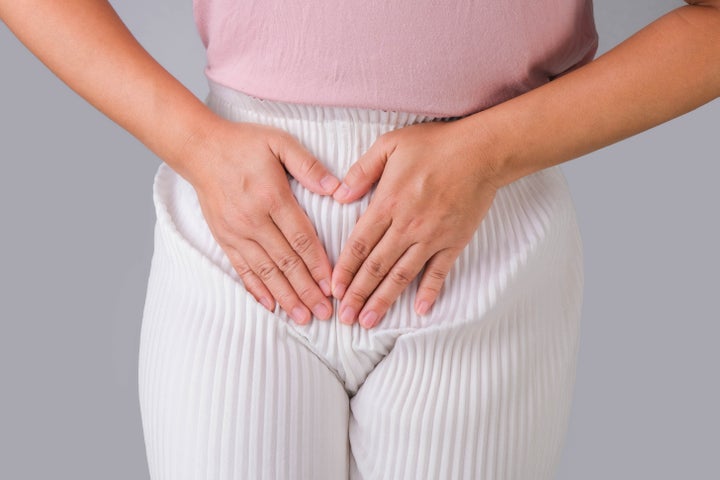
Periods can be a real pain, especially when you have a heavy flow. You can’t move without the fear of leaking. One sneeze and it could all be over. And as for the cramps? Well, let’s not even go there.
Despite the wide range of menstrual products out there – from tampons to pads to period pants and cups – it’s hard to find something that feels comfortable to use, and actually holds a decent amount of blood, when your uterus lining is evacuating your body like a raging river.
If you’re in the market to try something new, a menstrual disc – similar in shape to a diaphragm contraceptive – might just be the answer to your prayers, according to a study published in the journal BMJ Sexual & Reproductive Health.
Signs of a heavy period
Heavy menstrual bleeding affects up to one in three women. Though it’s common, it may be a sign of underlying health problems, such as a bleeding disorder or fibroids – so it’s always worth speaking to your GP if you’re struggling with a heavier flow.
According to the NHS, people with heavy periods might experience:
- Bleeding through your clothes
- Passing large clots
- Having to change your period products more frequently
- Having to use two different products at the same time
- Having heavy periods every month that stop you doing everyday activities.
Best period products for heavy periods
Currently, the Pictorial Blood Loss Assessment Chart (PBAC) – based on the type, number, and saturation of menstrual pads and tampons – is used to pick up unusually heavy blood flow.
But alternative menstrual hygiene products – such as discs, menstrual cups and period pants – have yet to be included in this chart.
Researchers wanted to compare the absorbency/fillable capacity of 21 currently available and commonly used menstrual hygiene products, using human red blood cells.
The products included in the study ranged from regular pads from two manufacturers with different reported absorbencies, to pads for postnatal bleeding; same-brand tampons of different reported absorbencies; same-brand menstrual cups of different sizes; four different brands of discs including small and large sizes within the same brand; and three pairs of super absorbency period pants (small, medium and large).
The results highlighted that, on average, menstrual discs held the most blood at 61ml, with one brand (Jiggy) holding a whopping 80ml.
On the opposite end of the spectrum, the perineal cold pack pads – intended for postnatal bleeding – and one pair of period pants managed to hold just 1ml each.
Meanwhile tampons, pads, and menstrual cups held similar amounts of 20-50ml of blood.
Researchers noticed an inconsistency between reported and actual absorbent capacity of the products. Specifically that “the product capacity labelling was discordant with our results,” they said.
“The majority of products reported that they had greater capacity than our testing found. We suspect this is due to product testing with non-blood liquids, such as water or saline,” the researchers concluded.
However, they acknowledged limitations to their finding as lab test results aren’t the same as those obtained on people.
As well as this, comfort and ease could be the reason why women change their products before they’re completely soaked, which may overestimate heavy blood flow.
And, although red blood cells more closely resemble menstrual blood than either water or saline, it’s still not real blood, they added.
“Further understanding of the capacity of newer menstrual products can help clinicians better quantify menstrual blood loss, offer diagnostic testing, and accurately treat (heavy menstrual bleeding),” the researchers concluded.